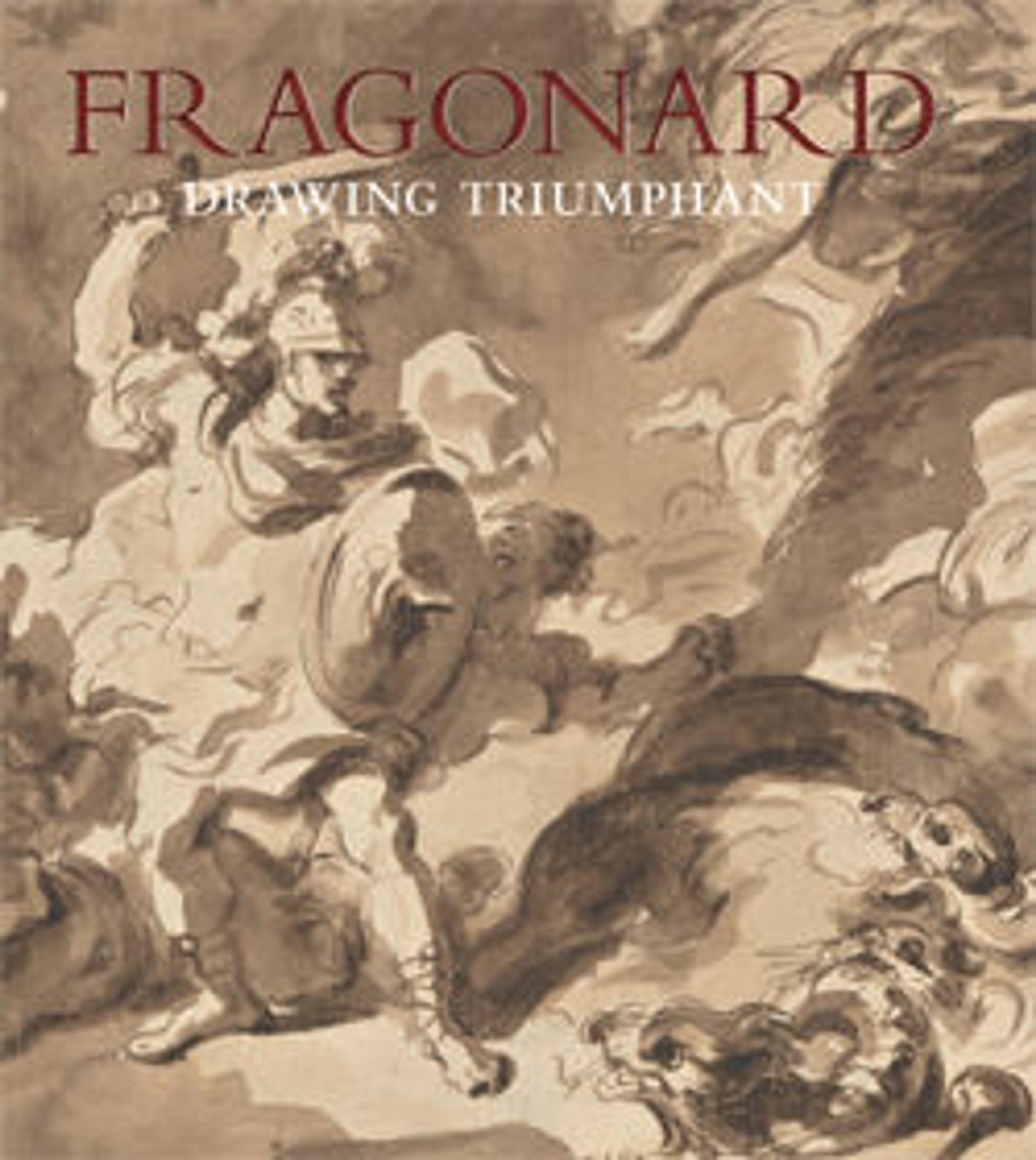Hercules and Cacus, after Annibale Carracci, and the Destruction of Enceladus, after Agostino Carracci
Directly following his study at the French Academy in Rome, Fragonard traveled in Italy making sketches after Italian artworks for the abbé de Saint-Non, who later had them etched in reverse in his "Recueil de Griffonis." Here Fragonard copied frescoes painted by Annibale and Agostino Carracci over fireplaces in adjacent rooms in the Palazzo Sampieri-Talon, Bologna. The attributions recorded in Fragonard's inscriptions have been reversed by modern scholarship.
Artwork Details
- Title:Hercules and Cacus, after Annibale Carracci, and the Destruction of Enceladus, after Agostino Carracci
- Artist:Jean Honoré Fragonard (French, Grasse 1732–1806 Paris)
- Artist:After Annibale Carracci (Italian, Bologna 1560–1609 Rome)
- Artist:After Agostino Carracci (Italian, Bologna 1557–1602 Parma)
- Date:1761
- Medium:Black chalk; framing lines in pen and brown ink
- Dimensions:8 1/16 x 11 9/16 in. (20.4 x 29.3 cm)
- Classification:Drawings
- Credit Line:Gift of Mrs. Paul Moore, 1960
- Object Number:60.53
- Curatorial Department: Drawings and Prints
More Artwork
Research Resources
The Met provides unparalleled resources for research and welcomes an international community of students and scholars. The Met's Open Access API is where creators and researchers can connect to the The Met collection. Open Access data and public domain images are available for unrestricted commercial and noncommercial use without permission or fee.
To request images under copyright and other restrictions, please use this Image Request form.
Feedback
We continue to research and examine historical and cultural context for objects in The Met collection. If you have comments or questions about this object record, please contact us using the form below. The Museum looks forward to receiving your comments.
